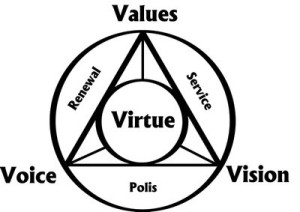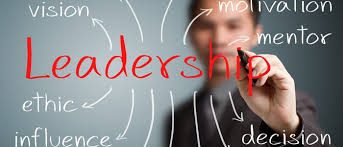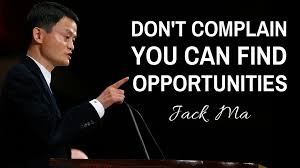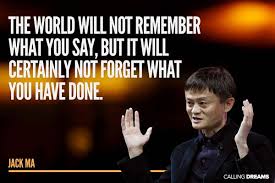This blog mainly help the managers or leaders to manage different backgrounds, cultures people and provide the better results into the diverse team. Ibarra and Hansen (2011) indicated that leaders has the responsibilities to lead different disciplines and generations people together. This situation is particularly evident in the multinational corporation like BCG in China. As a US company, BCG would like to develop their business and scope in China, the managers or leaders about the issue how to deal with diverse team for the core task to produce a better result.
‘There are lots of conflicts in my team, we always have divergences to deal with issues, as a leader, how can i improve it and handle it??’ Many leaders would have the same challenges in managing diversity.

Distefano and Maznevki (2000) presented that with economy increasingly requires people to collaborate and sometimes members scattered across a city or the globe, these teams should create significant advantages to add great value. Each members in the team have a common goal and mission statement to achieving mutual cooperation. Diverse team which is also a key concern for theory and practice in organizational behavior, attempting to integrated diversity with performance becomes a challenge (Carsten et.al 2004)
Hofstede’s Model
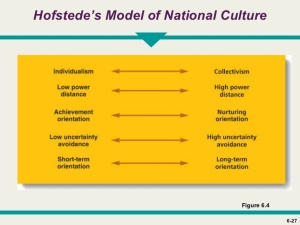
Geert Hofstede is a successful person to explain the knowledge of culture, his dimensions of national cultures dealt with four areas that different national society handle differently (Mullins 2013). However, Hofstede’s model also have some limitations. Because of the early research sample is not comprehensive, with the development of economy in many developing countries, like China. This would also reflects the outcomes to some extent about diversity.
According to Hofstede (2010) leaders need to using this model to distinguish the different between some kinds of cultures from power distance, role culture and task culture etc. in order to manage the problem that diversity will bring about.
How to Manage Diversity?
Respecting every members in group: whether in a what kind of role, everyone should be respected. If a person can get respect, he or she will get a psychological comfort to stimulate their enthusiasm for their work, but not always work in a often discriminated against or belittle in bad environment.
Motivation and collaboration: Every member would be a very important part in this group, just like a component in a machine, lacking of any of one that machine would not work even broken down in the last. So, in a diverse team, leaders would be able to motivate employees passion in their work and improve the energy of their collaboration to make a better performance.
Having an open-door policy: Leaders may have to be more comfortable in making decisions and different people like to raise issues in different ways, and they would decrease their passion an satisfaction in strict polity as well. So, it is important to base on the open-door policy to encourage everyone, leaders need to be seen to be listening to , and acting on, the concerns of their diverse teams (Rodriguez 2006).
Example of Managing Diverse Team

Benefiting from the rapid of growth of economic rate and international status, Chinese management consulting industry is to learn from the Europe and the U.S. enterprise theory and experiences. As for BCG, the world well-known consulting enterprise expand their field in China, in the enterprise management work, knowing the differences between Chinese and American cultures, in order to forgiveness of each national culture, and strengthen communication with each other.
As a multinational corporation, the managers definitely will faced with the problem with dealing with the diverse culture and team. In China, compared with traditional cultures and backgrounds, foreign background will more fresh in China’s business environment, like business type, leading style and business culture. So in China, managers in foreign enterprise would like to concentrate on how to deal with diversity and add more value to organisation. For example, leaders are able to prefer to respect everyone in group and motivation everybody to discover their own value to perform better in appraisal system (Jackson et.al. 2003). So that, despite the management skills of leader, how to handle and work with diverse team might be a compulsory skills in business sectors.
Conclusion and Recommendation
It is a common situation for the leaders or managers to face diverse teams in the organisation. In contemporary society, not only culture and background can be a factor in diversity, gender and disabled situation also influence the diversity.
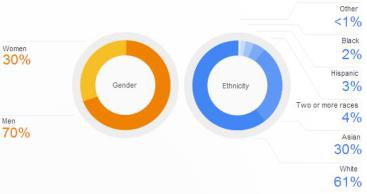
How to manage them seen more significantly important for the leaders considering. To encourage employees respect and accept workplace diversity, avoiding prejudice and ethnocentrism, so that, managing diverse team in the right way can make organisation gain more committed and better financial performance.
References List:
Carsten, K.W. et.al. (2004) ‘Work Group Diversity and Group Performance: An Integrative Model and Research Agenda.’ Journal of Applied Psychology 89(6),1008-1022
Distefano, J.J. and Maznevski, M.L. (2000) ‘Creating Value with Diverse Teams in Global Management’. Organizational Dynamics, 29(1), 45-63
Hofstede, G. and Mooij, M. (2010) ‘The Hofested Model: Applications to Global Branding and Advertising Strategy and Research’. International Journal of Adertising, 29(1),85-110
Ibarra, H. and Hansen, M.T. (2011) ‘Are You a Collaborative leader?’ Harvard Business Review, 89(7-8),68-74
Jackson,S.E., Joshi, A. and Erhardt, N.L. (2003) ‘Recent Research on Team and Organizational Diversity: SWOT Analysis and Implications’. Journal of Management, 29(6),801-830
Mullins, L.J. (2013) Management & Organisational Behaviour. 10th edn. UK: Pearson Education Limited.
Rodriguez, R. (2006) ‘Diversity Finds its Place.’ HR Magazine 5(1), 56-61
